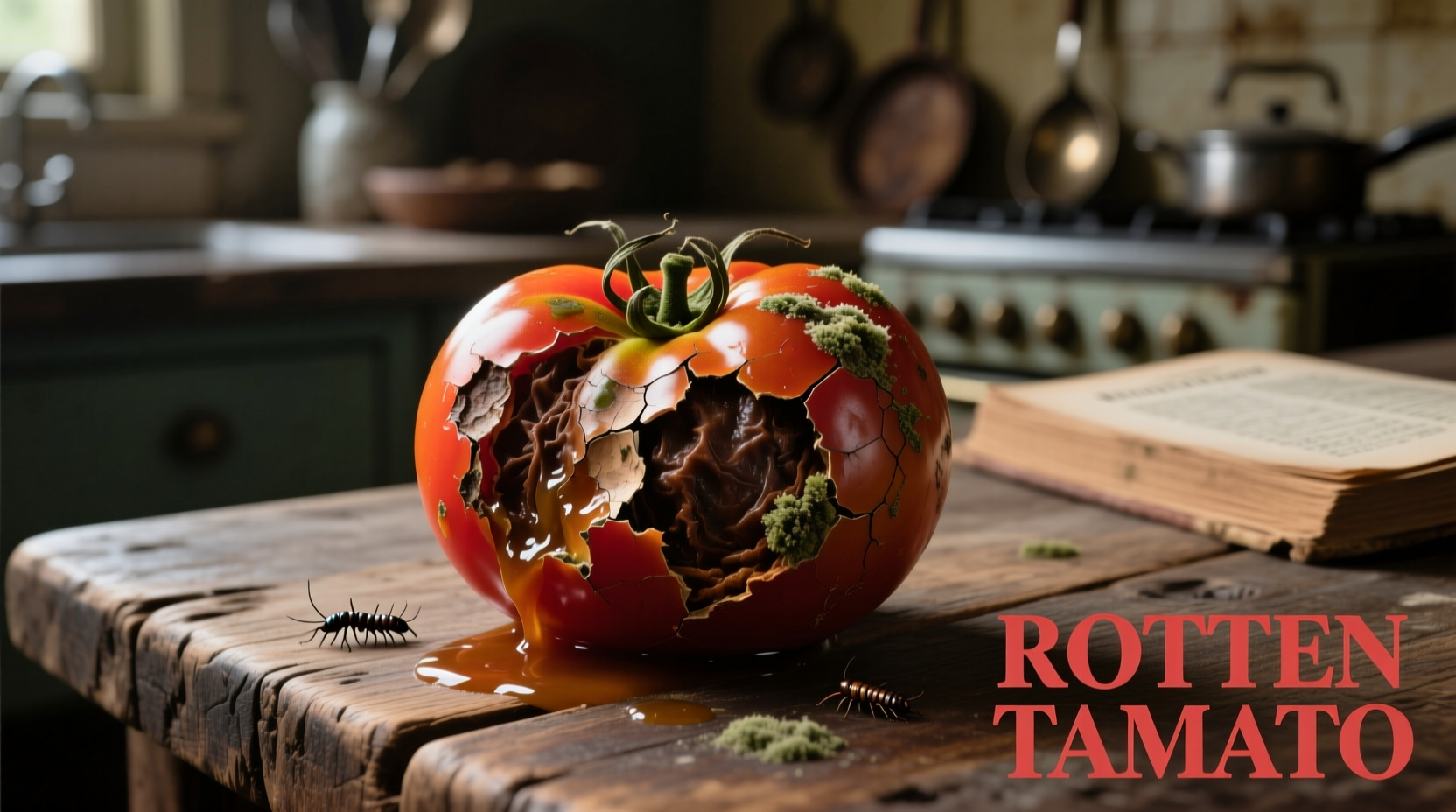Discover exactly why your tomatoes are rotting and how to save your harvest with these science-backed solutions. Whether you're noticing dark spots at the blossom end or mysterious soft patches, this guide delivers actionable steps to identify, prevent, and treat tomato rot—helping you enjoy healthy, blemish-free tomatoes all season long.
Identifying Common Types of Tomato Rot
Correct identification is your first defense against tomato rot. Each type presents distinct symptoms requiring specific interventions. Misdiagnosis leads to wasted effort and continued crop loss.
| Rot Type | Visual Symptoms | Primary Cause | When It Appears |
|---|---|---|---|
| Blossom End Rot | Dark, leathery spot at blossom end | Calcium deficiency in fruit | Early fruit development |
| Anthracnose | Circular, sunken lesions with concentric rings | Fungal pathogen (Colletotrichum) | Ripening stage, especially in wet weather |
| Fusarium Rot | Soft, watery decay starting at stem | Fungal infection (Fusarium) | Post-harvest storage |
| Gray Mold | Fuzzy gray growth on damaged areas | Fungal pathogen (Botrytis) | Cool, humid conditions |
Understanding the Development Timeline
Tomato rot doesn't happen overnight. Recognizing early warning signs prevents total crop loss. The USDA Agricultural Research Service documents a clear progression:
- Initial Stage (3-5 days): Subtle discoloration or slight softening at contact points
- Intermediate Stage (5-7 days): Visible lesions expand, texture changes become pronounced
- Advanced Stage (7-10 days): Complete fruit collapse, potential spread to neighboring tomatoes
Early intervention during the initial stage often saves affected fruit and prevents spread. Waiting until advanced symptoms appear typically means the affected fruit must be discarded.

Effective Prevention Strategies
Prevention remains the most effective approach to managing tomato rot. Cornell University's Garden Diagnostic Clinic emphasizes these evidence-based practices:
Soil Management
Maintain soil pH between 6.2-6.8 to optimize nutrient availability. Test soil before planting season—many gardeners unknowingly battle calcium deficiency that leads to blossom end rot. Incorporate crushed eggshells or agricultural lime to boost calcium levels gradually.
Watering Techniques
Inconsistent watering causes 70% of blossom end rot cases according to UC Davis Extension research. Implement these watering practices:
- Water deeply 1-2 times weekly rather than daily light sprinkling
- Maintain consistent soil moisture (not soggy)
- Use drip irrigation to keep foliage dry
- Apply 2-3 inches of organic mulch to regulate moisture
Garden Hygiene
Fungal pathogens thrive in neglected gardens. Follow these sanitation protocols:
- Remove and destroy affected fruit immediately
- Clean tools with 10% bleach solution between plants
- Rotate crops annually—never plant tomatoes in same spot two years running
- Prune lower leaves to improve air circulation
Treatment Options for Existing Rot
When prevention fails, targeted treatments can save your remaining crop. Understand these context boundaries before applying solutions:
Natural Remedies That Work
For minor fungal issues, these organic solutions show effectiveness when applied early:
- Baking soda spray: 1 tablespoon baking soda + 1 teaspoon horticultural oil in 1 quart water controls early fungal growth
- Chamomile tea: Natural antifungal properties help combat gray mold when sprayed on affected areas
- Calcium chloride foliar spray: For blossom end rot, 4 tablespoons per gallon provides temporary relief
Important limitation: Natural remedies work best as preventive measures or during initial infection stages. They rarely reverse advanced rot.
When to Use Fungicides
For severe fungal outbreaks, targeted fungicides become necessary. The University of Florida IFAS Extension recommends:
- Copper-based fungicides for bacterial spot and early blight
- Chlorothalonil for anthracnose and Septoria leaf spot
- Apply at first sign of disease, not after widespread infection
- Always follow label instructions and pre-harvest intervals
When to Discard Rotten Tomatoes
Not all rotten tomatoes can be salvaged. Understanding when to discard prevents food waste while protecting your health:
- Discard immediately: Tomatoes with mold growth, slimy texture, or foul odor
- May be salvaged: Fruit with small blossom end rot spots—cut away affected area plus 1 inch surrounding tissue
- Never consume: Tomatoes showing signs of fusarium or verticillium wilt (vascular browning inside)
Remember that cooking doesn't destroy mycotoxins produced by certain molds. When in doubt, throw it out.
Season-Long Protection Plan
Implement this timeline for season-long tomato health:
- Pre-planting: Test soil, amend with calcium if needed, choose resistant varieties
- Transplanting: Bury stem deeper than container depth to encourage root growth
- Early growth: Apply preventative fungicide if disease pressure is high in your area
- Flowering: Monitor for early blossom end rot signs
- Fruit set: Maintain consistent watering, apply mulch
- Ripening: Harvest at first sign of color to avoid over-ripening on vine











 浙公网安备
33010002000092号
浙公网安备
33010002000092号 浙B2-20120091-4
浙B2-20120091-4